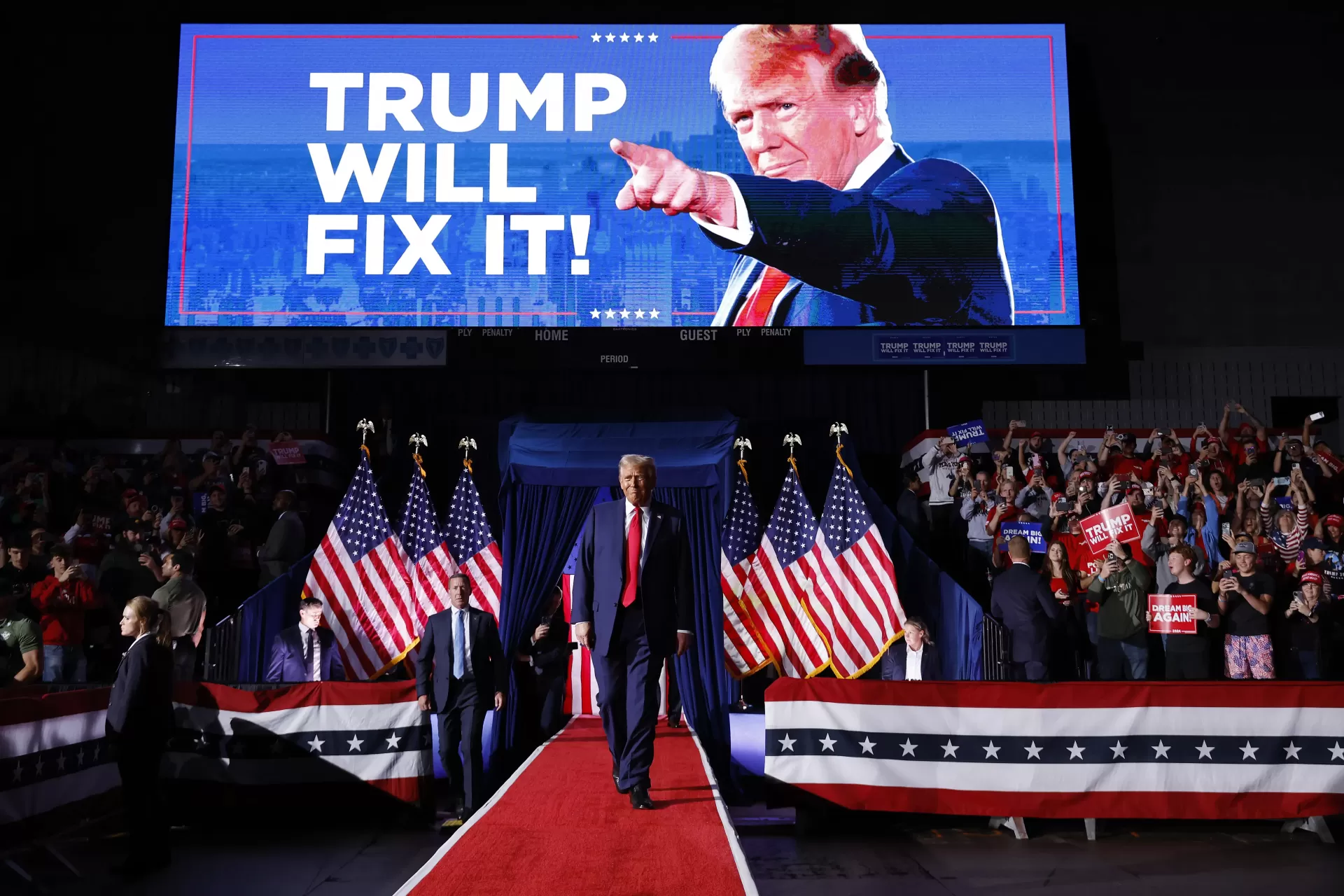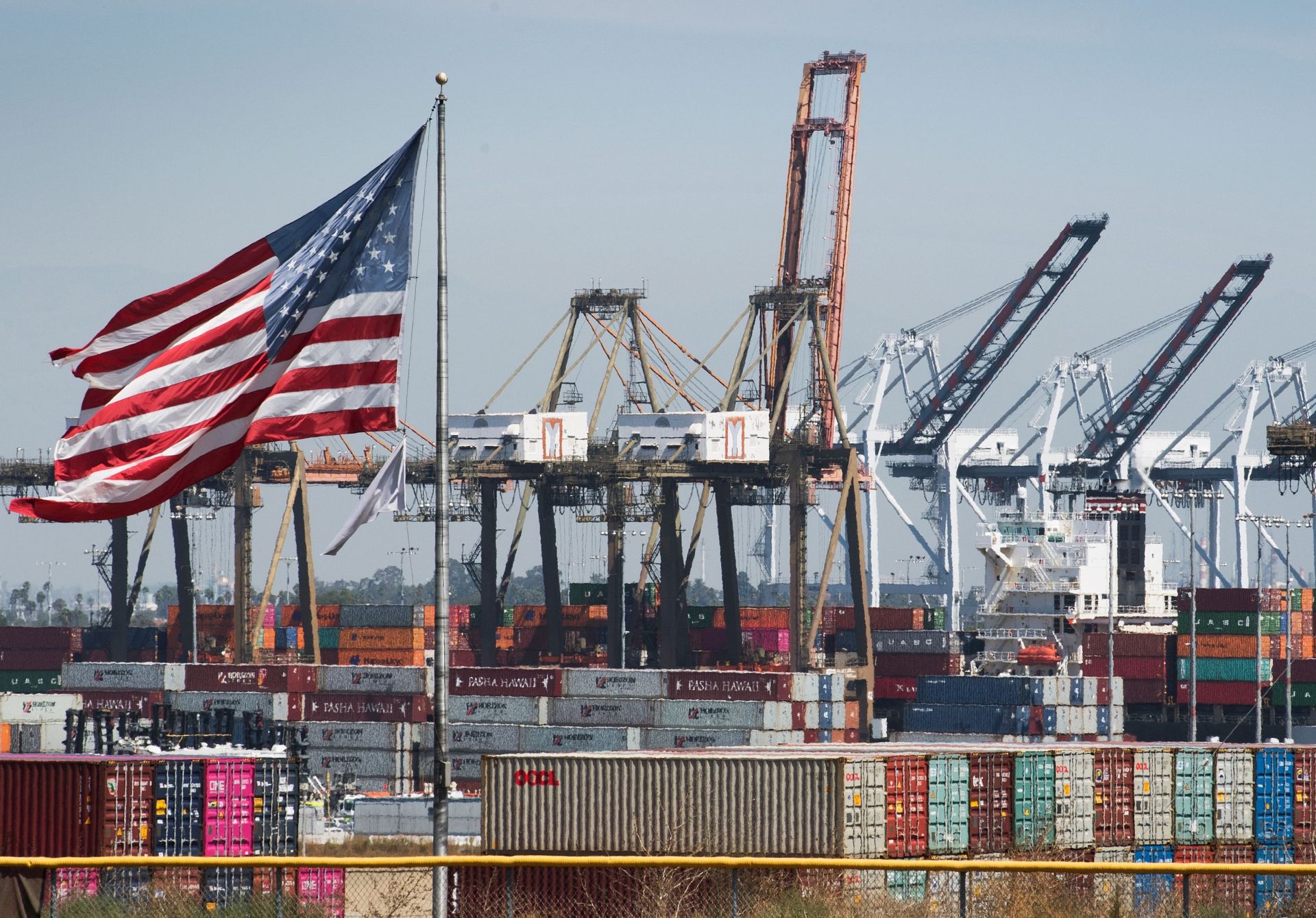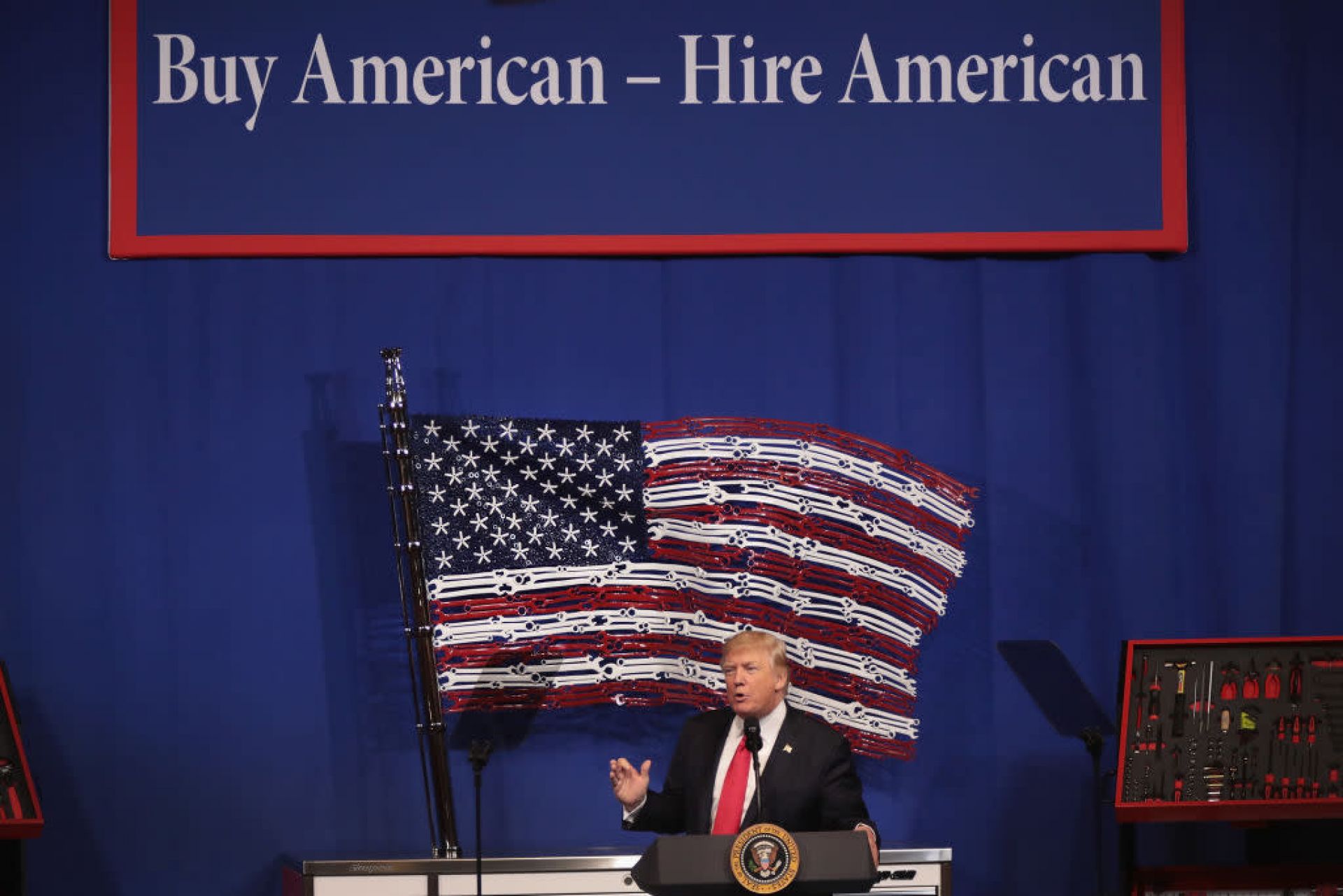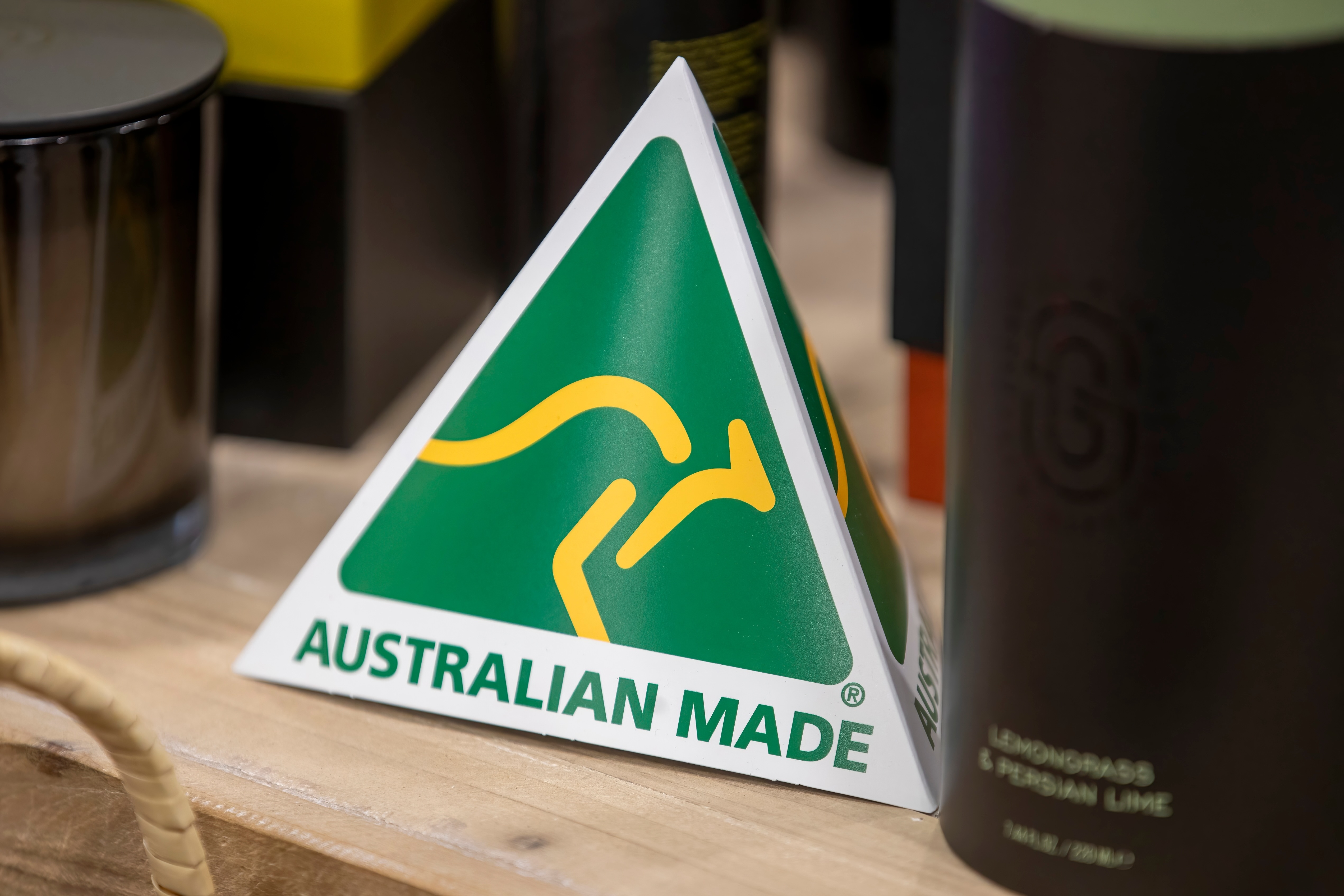
Politics & Society
Trump’s victory will recast American politics in his own image

While there may be immediate, global impacts of stricter US tariffs, there are also potential solutions and opportunities for Australian businesses and supply chains
Published 25 November 2024
With the election of Donald Trump as the 47th president of the United States, there will be a renewed and possibly more significant tariff regime imposed by his administration.
This will have implications for the Australian economy as it has closely aligned itself with international supply chains.

The protectionist rhetoric imposed by the Trump administration in 2016-2020 and continued by the Biden administration in 2020-2024 will most likely continue in the new Trump administration and is likely to cause tensions in global trade.
While stricter tariffs imposed by the US may have immediate global impacts, there are also potential solutions and opportunities for Australian businesses and supply chains, which we will explore here.

Politics & Society
Trump’s victory will recast American politics in his own image
Tariffs are taxes imposed by governments on imported goods.
They are designed to protect domestic industries from foreign competition, generate revenue for the government and sometimes act as a tool for negotiations between international governments.
The negative impact of tariffs on the domestic population can include increased prices and inflation.
For exporters, this could mean reduced competitiveness in target markets or price absorptions and adjustments that can increase the costs of exports.

In the first Trump administration, Australian steel and aluminium exports to the US were exempt from tariffs.
With the promise of at least 10 per cent tariffs on all imported goods to the United States, there will likely be no exemptions and all major exports by Australia to the US will be affected.
Perhaps the most directly affected exports by value will be Australian beef and meat products, wine, machinery, pharmaceuticals, aluminium, minerals and ores.
Some sectors could be indirectly affected by US-imposed tariffs. If US tariffs cause China’s economy to slow down, this would reduce the demand for Australian iron ore, coal, and other minerals critical to Chinese manufacturing and construction.

Business & Economics
The cascading crisis of global food supply chains
Overall, tariffs imposed by the US will raise the cost of manufacturing globally mainly due to increased input costs to global supply chains and potential restructuring of supply chains to alternate markets.
Considering a hypothetical scenario where there are no tariff exemptions for Australian exports, the stark consequences of tariffs to the affected industries would be felt immediately and, in the worst cases, could result in reduced exports, increased inflation, production reduction, and job losses.

The new expected tariff regime from the Trump administration poses both opportunities and challenges to Australian businesses and supply chains.
For the industries negatively affected by the tariffs, an immediate solution lies in diversifying export markets and looking for alternate markets in Asia, Europe and South America.
Australia could also consider bilateral trade agreements with the US and negotiate tariff exemptions or quotas.
Strengthening regional partnerships and alliances like the Comprehensive and Progressive Agreement for Trans-Pacific Partnership (CPTPP) or the Regional Comprehensive Economic Partnership (RCEP) can help further buffer against tariffs.

Sciences & Technology
Government needs to plan for resilient food systems in Australia
Depending on the rate of tariffs on Australian exports to the US compared to competitors’ exports, Australia might be in a position to gain a bigger market share in the US, especially concerning agricultural and mining exports.
Considering this, some US companies might prefer Australian products if US tariffs disrupt imports from traditional suppliers.
In the long term, Australia would benefit from boosting investment in innovation, infrastructure and value-added manufacturing to help Australian products remain competitive despite potential tariffs.

As a positive, tariffs can encourage domestic value-added processing and manufacturing, creating jobs and greater economic activity within Australia, even if some export markets shrink.
However, this may not be feasible for all industries and requires significant investment.
The best plan for Australia is to start planning early for potential tariffs because boosting value-adding industries will be beneficial, no matter what the US has in store for international markets.